North-facing garden ideas – 25 ways to make the best of a shady spot
All the north-facing garden ideas and inspiration you need to plan and create a natural, restful space
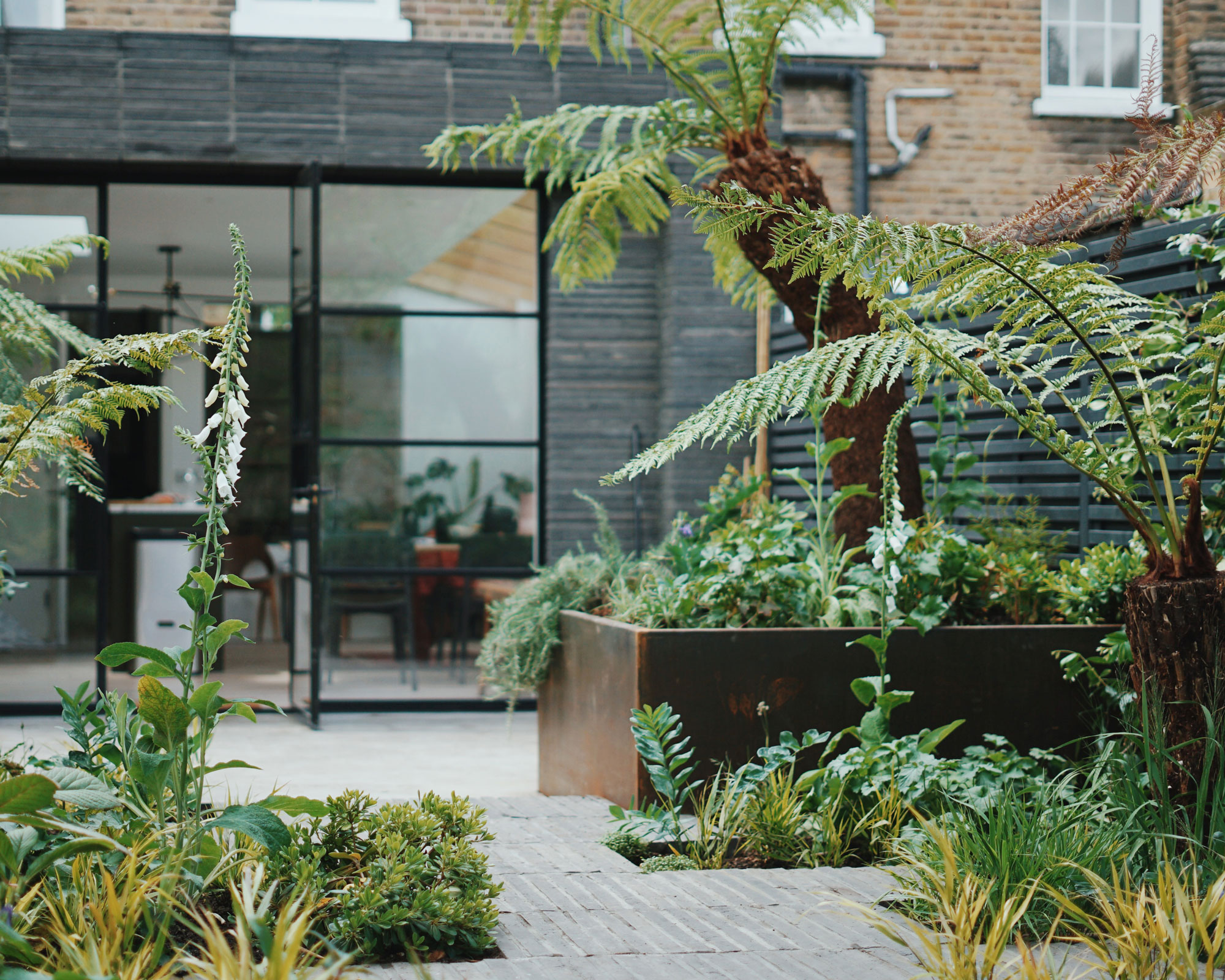

North-facing garden ideas have an exquisite beauty. More subtle, yet just as enticing as their sunnier counterparts.
In their shadiest corners, intriguing planting choices can be layered, while brighter areas can be devoted to colorful backyard ideas with beautiful blooms.
Whether you’ve a tiny courtyard, patio or a good-sized plot, pick the plants that will thrive and they’ll be the basis for a haven where you can be at one with nature. After all the spadework, don’t forget to plan your garden decor and the all-important spot to sit, relax and enjoy the view.
Discover our north-facing garden ideas below for more advice, tips and garden shade inspiration.
North-facing garden ideas
Take the time to observe your garden and work out how best to use a north-facing garden. The key thing about a north-facing garden is to make it work to your advantage. Before planning a design or choosing any new plants, first work out where the sun hits the garden and at what time of day.
It's a good idea to draw a sun diagram to track how the sun moves around. North-facing gardens will always have areas without any light and areas of sunshine that are often towards the far end of the garden that are perfect for a sunny seating area and sun-loving plants. For those areas that gets less sun, plant some of the best shade plants or shrubs for shade that will cope well with the shadier conditions.
One huge benefit of a north-facing garden is the evening sunshine it will enjoy from May to October, so they often benefit from having two separate seating areas, one to catch the morning sunshine and one to enjoy at the end of the day. This means it's a good idea to zone your garden to make the most of the space.
1. Use white flowers to add a luminous touch
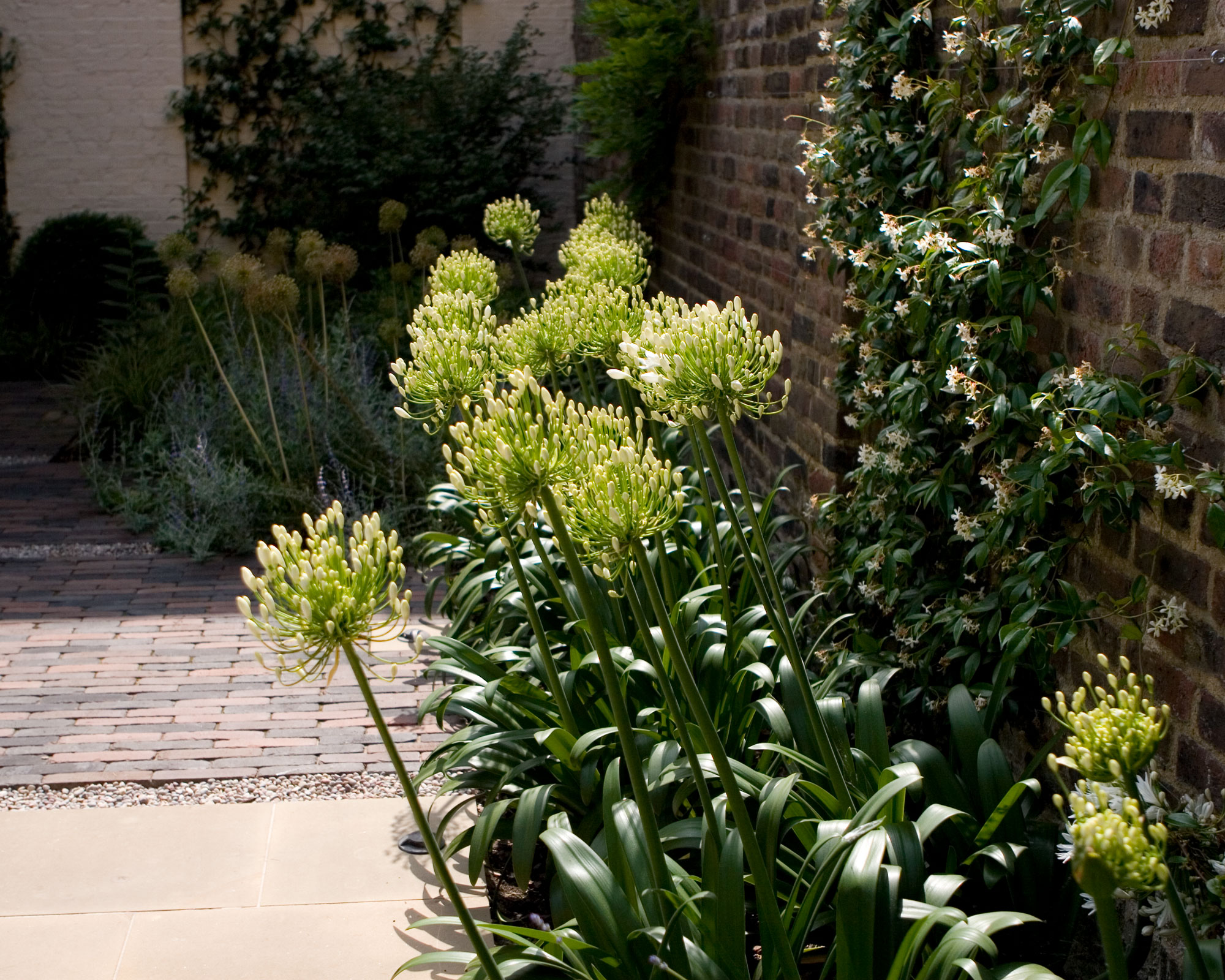
White planting really lifts a north-facing garden in this design by Bowles & Wyer. The showy globes of Agapanthus umbellatus ‘Albus’ and the climber star jasmine on the wall add luminosity to the planting. The brick paving is by Vande Moortel
Flower bed ideas that work really well in north-facing gardens by adding a bright touch include the showy white globes of agapanthus. These balls of starry petals rise high on spiky stems to float above other flowers and add a strong vertical accent to your garden design. Whether planted in a drift or bursting up at random, these pretty spheres create an eye-catching feature in a north-facing garden that tend to be predominantly planted with green.
‘There are plenty of solutions to create an inviting outdoor space in a north-facing garden,’ says John Wyer, CEO and lead designer at Bowles & Wyer. ‘When thinking about planting, choose species that will add form and texture, rather than color. If you go for a bold use of foliage, it will largely suit most shady plants. White-flowered plants are particularly suited to shady spaces and look good against a foil of dark foliage.'
In terms of paving, bricks or cobbles often work well, as they’re less slippery underfoot and moss in the joints is often a positive addition. ‘Installing a backyard lighting scheme will transform your garden after dusk too,’ suggests John, ‘and accentuate the form and texture that you’ve created.’
2. Flip the layout to suit the sun

Clever zoning makes the best use of both light and space in this north-facing garden design by Charlotte Rowe
Dropping the idea of having the seating area near the house is often a good plan with a north-facing garden as the far end is usually the place that catches most sun.
‘The design of a garden needs to work with the orientation of the space,’ explains garden designer Charlotte Rowe. ‘This is especially important when the garden is north facing as full advantage needs to be taken according to where the areas are that catch most sun.’
The idea of having a large terrace close to the house was abandoned for this garden. Instead the garden was turned around. ‘We created a seating area in the middle of the garden surrounded by planting to capture most of the midday and afternoon sun. Then we placed the dining terrace at the end of the garden to maximize the evening sun.’
Flipping expectations like this has the added benefit of encouraging a journey through the garden by making the main destination furthest from the house. It means that north-facing gardens can hold their own in terms of adding an element of surprise with a slow reveal.
3. Use shade loving plants in rich greens

Layering plants with varying shades of green, leaf texture, height and form creates a sense of depth in this north-facing garden design by Tom Massey
A tapestry of green planting adds long-lasting interest and makes a very restful combination. On first appearance, a dark corner might appear gloomy and unwelcoming, but when filled with lush foliage it’s transformed into a calm and inviting space.
‘Shade loving plants like lush green ferns, Japanese forest grass (Hakonechloa macra) and tree ferns (Dicksonia antarctica) are a great solution for shady spaces,’ says garden designer Tom Massey. ‘Green foliage and white flower tones generally work well in shady areas too, helping to brighten the gloom.’
This compact north-facing garden by Tom flows out from the Crittall doors of a Petersen brick clad extension, opening onto a polished concrete terrace and pathway through lush planting. Grasses and ferns spill out of bespoke Corten steel planters, a verdant and exotic feel achieved with the use of large tree ferns.
4. Adopt a neighboring landscape
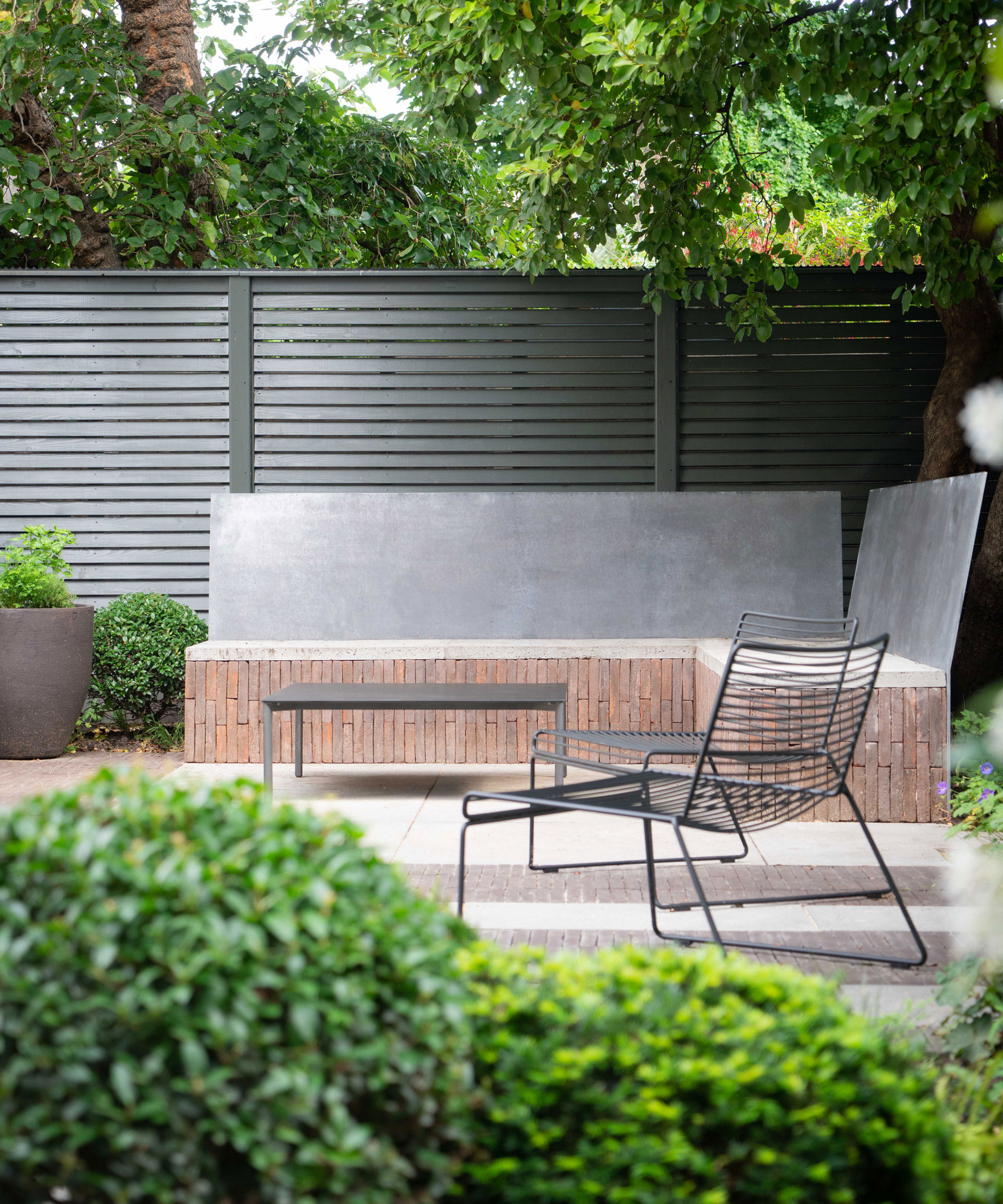
In this garden by designers Farlam & Chandler planting fills every possible crack and crevice between paving and around the seating areas which allows the garden to feel like a green sanctuary in the city all year round
Using trees and plants in a neighboring yard to frame a view can make a good starting point for your own design. Borrowed landscapes can work particularly well if you live in a built-up area.
If your neighbor has a beautiful tree that can be seen above and beyond your boundary, embrace this as part of your own space, and even repeat the idea in your own yard if you have room as you already know this variety thrives in a north-facing garden.
In this garden the solid brick bench with steel backrest forms the main anchor point within the space in the dappled shade beneath the canopy of a mature Griselina tree that works well with the planting seen beyond the boundary. This creates a simple, relaxed entertaining area.
‘In this shady courtyard we created a sociable L-shaped built-in bench,’ says Harriet Farlam, creative director of Farlam & Chandler. ‘Creating a destination in the garden encourages increased use of the space.’
If you have a north-facing garden it doesn’t mean you can’t still layer up plants for a lush look. ‘Don’t be put off by the aspect of a north-facing garden,’ says Harriet. ‘Instead celebrate the diversity of plants you can use and the escapism they offer from the heat of the sun on a hot summer’s day. With careful consideration north-facing gardens can become calm, zen-like spaces.’
5. Get rid of the lawn
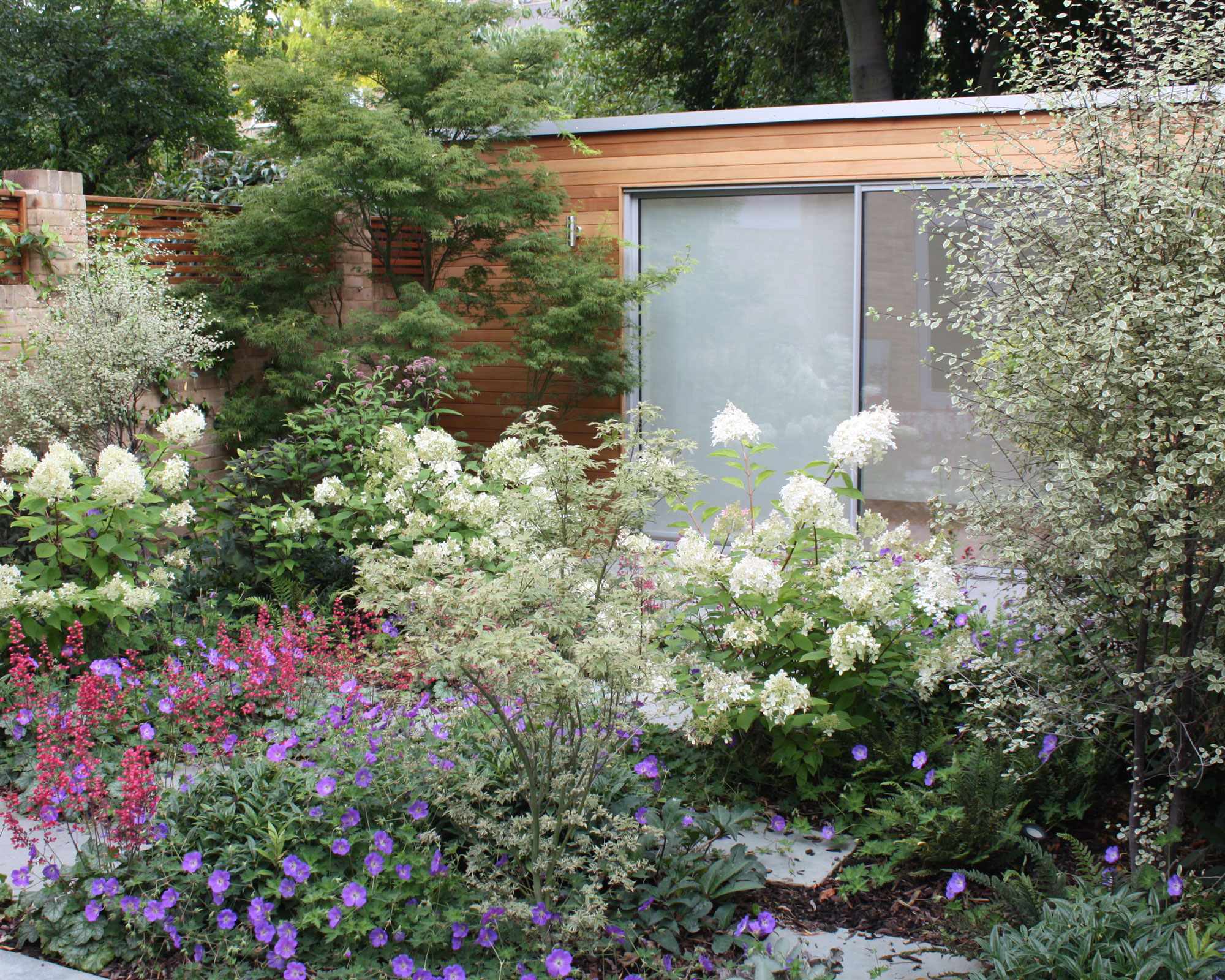
A lushly planted flower bed design by Catherine Clancy including white hydrangea paniculata and red heuchera ‘Paris’, which both thrive in north-facing gardens, while blue geranium ‘Roxanne’ should be planted in the sunniest spot in the border
If you have a small north-facing garden, then consider reimagining the lawn space for a better use. Grass needs sunlight to thrive, so you may find your lawn will not look like the verdant stretch of green you had in mind. Instead increase the size of flower beds and use masses of planting to give you an alternative lush green look.
‘You will need a range of plants,’ says designer Catherine Clancy, ‘including some to suit the shady borders and some for the sunny areas. White flowers like hydrangea paniculata will glow in the shade, while climbers can be used to cover a shady wall. Add green texture with ferns like the dwarf variety Polystichum tsus simense (Korean rock fern) and shade-loving grasses and shrubs.’
If you do decide you want a lawn in a north-facing garden, then remember it has to be in the sunniest area if it’s going to look good.
6. Choose materials that suit the planting
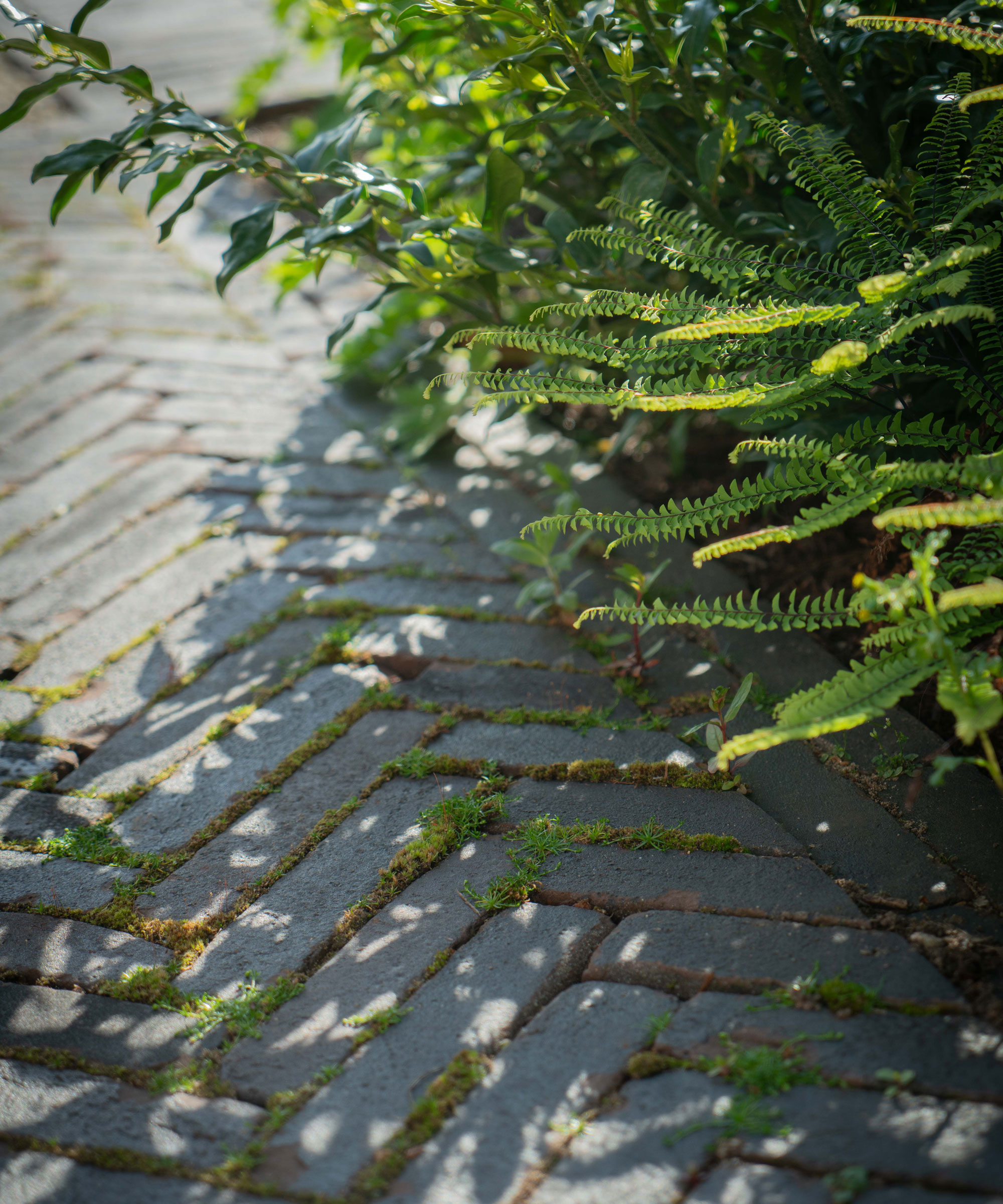
Pay attention to detail to achieve a harmonious mix of planting and hard landscaping, like this design by Farlam & Chandler
A backdrop of brick or stone walls and patterned paths provides a beautiful detail to show off plants. ‘Choose materials that will weather well in the long term, such as dark bricks and don’t be afraid to let nature do its thing,’ says Harriet Farlam, creative director of Farlam & Chandler. ‘Moss in between cracks of paving will only enhance its character.’
Planting plays a key role in enabling a north facing garden to feel uplifting but the hard landscaping is equally as important. Strike the right balance and they will be set off against each other beautifully.
‘Layers of grasses which catch any glimpse of light, while textural ferns and a heavy backbone of evergreen plants will make a shady space dynamic and green all year round,’ says Harriet. Ferns are one of the first plants people think of for a north facing garden. Evergreen options can add structure and winter interest, and the perennial varieties offer wonderful variety of foliage shape and size.
7. Follow the light in a north-facing garden
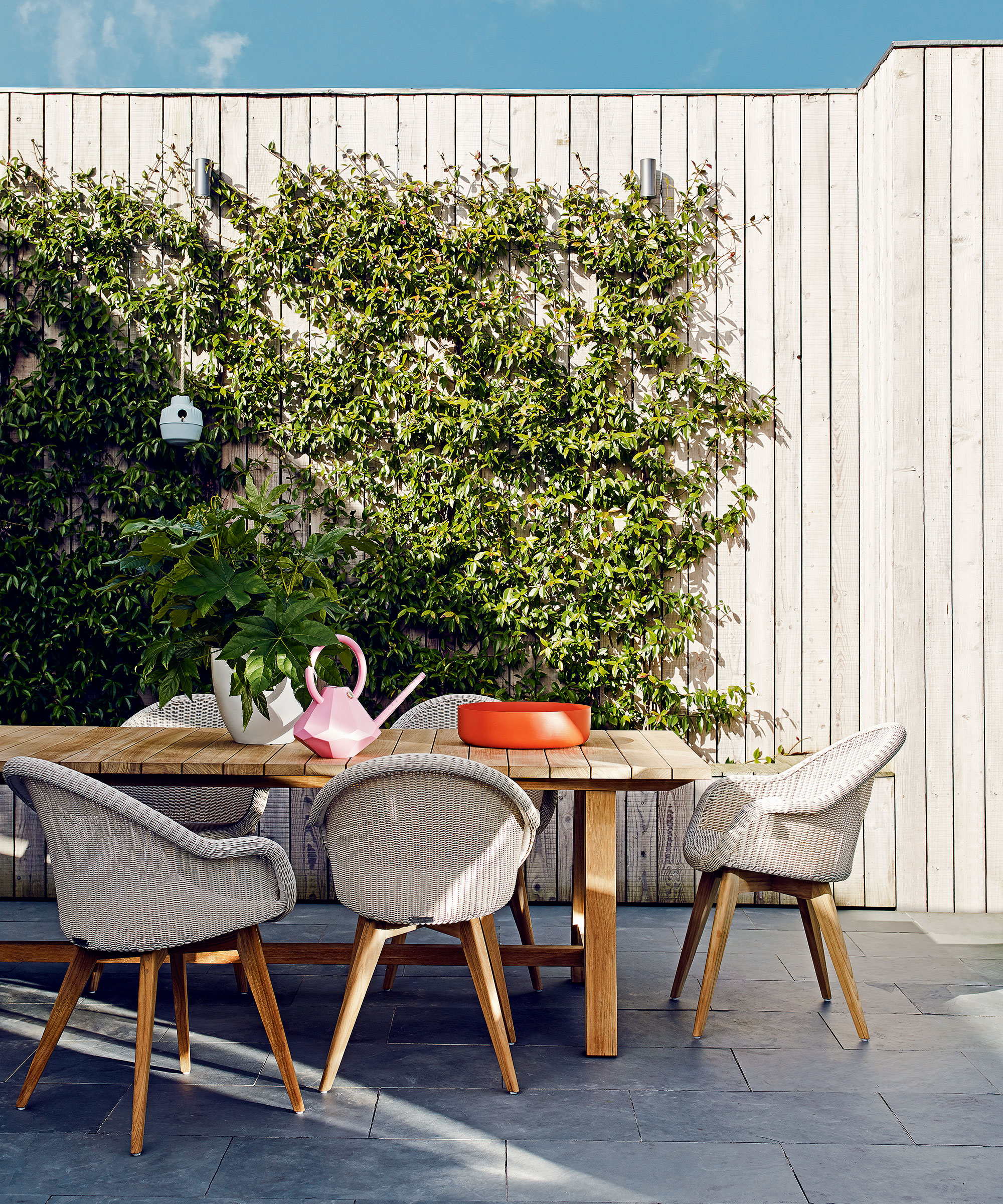
Great gardening is all about observation. Take note of how the light changes during the day, and plan your planting accordingly. In a north-facing garden, the area closest to the house will be overshadowed by the building until the sun is high in the sky so mark it out for shade loving plants. The farthest end is your sun-catcher – make the most of it for a bench and pots of sun-loving annuals.
8. Work with the structure
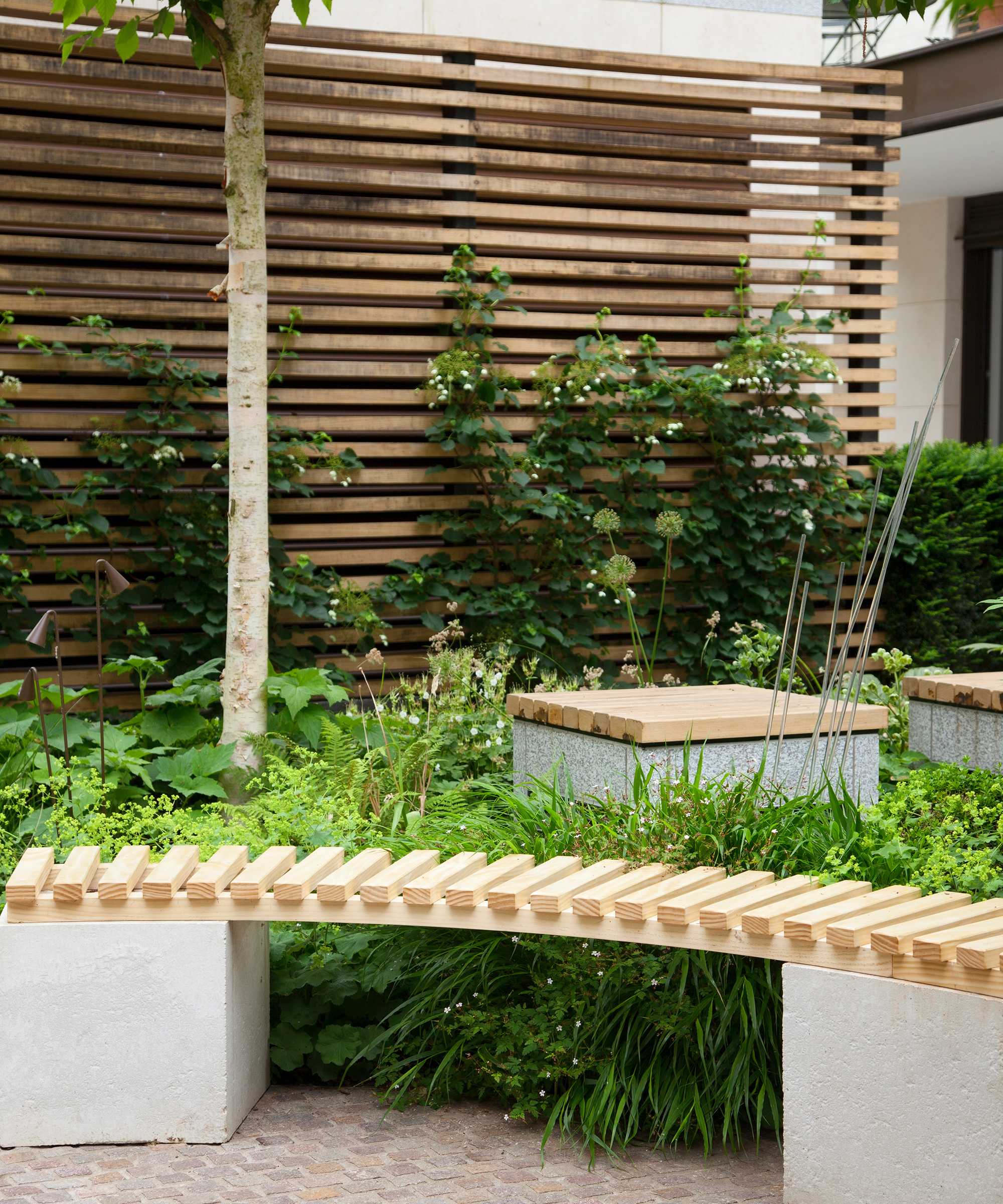
Garden walls, fences, sheds and tall trees can block the light. Some you might just have to live with, but perhaps moving a shed or lowering the height of the fence could help. Replacing fence panels with a horizontal slatted screen or trellis, or thinning out the canopy of trees will allow gorgeous dappled light to play across borders and beds.
9. Know your dark side
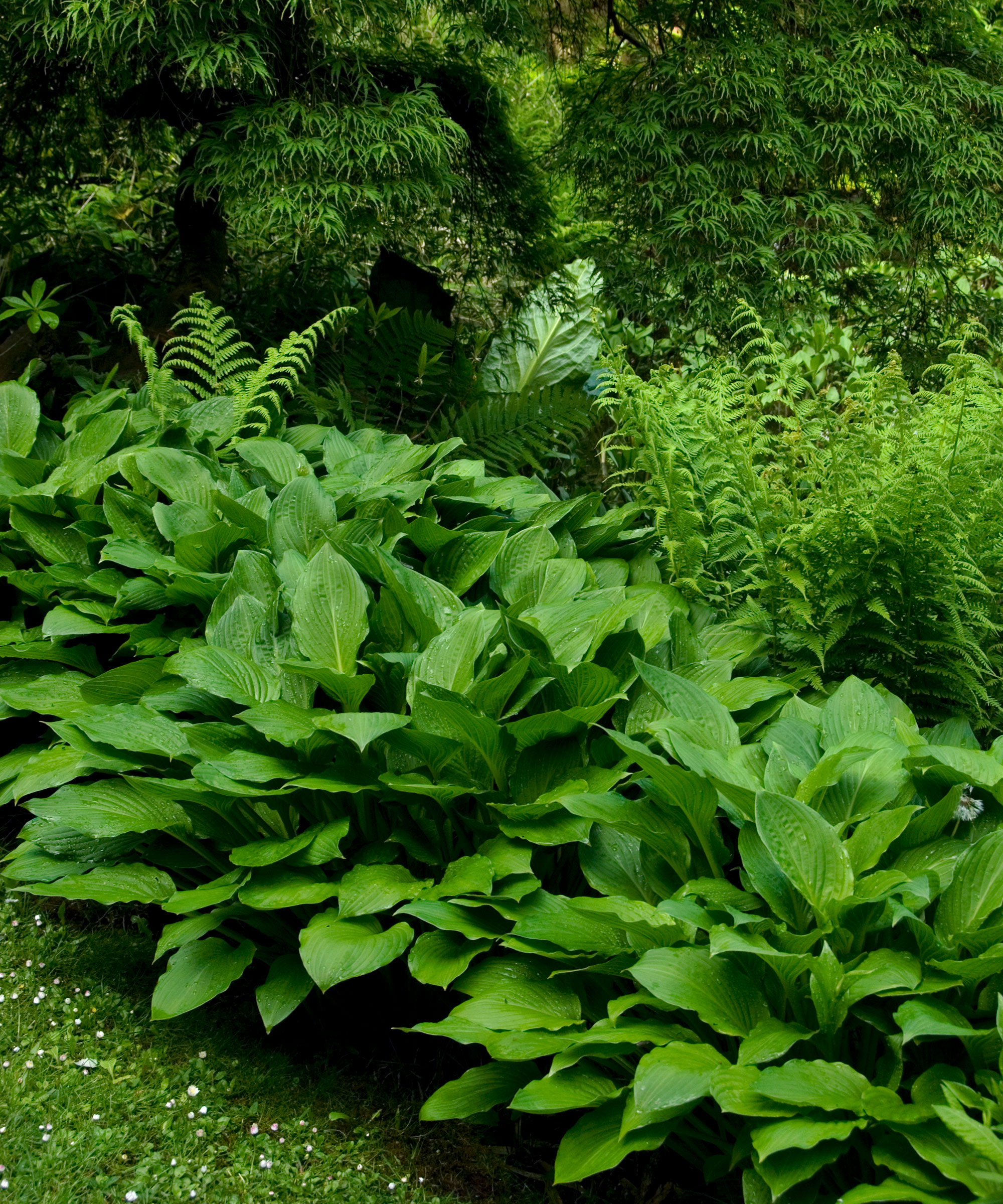
If you’re scratching your head over a dark corner where nothing seems to grow, take heart. There’s a good selection of plants to choose from when planning shade garden ideas that will feel right at home in a shady spot. For a zing of lime green, the flowers of Euphorbia amygdaloides var. robbiae will lift the spirits in spring.
Epimediums favor the shade, too, with a choice of pretty pink, yellow and cream blooms. Fill out the space with hostas and shade-loving ferns.
10. Keep landscaping subtle
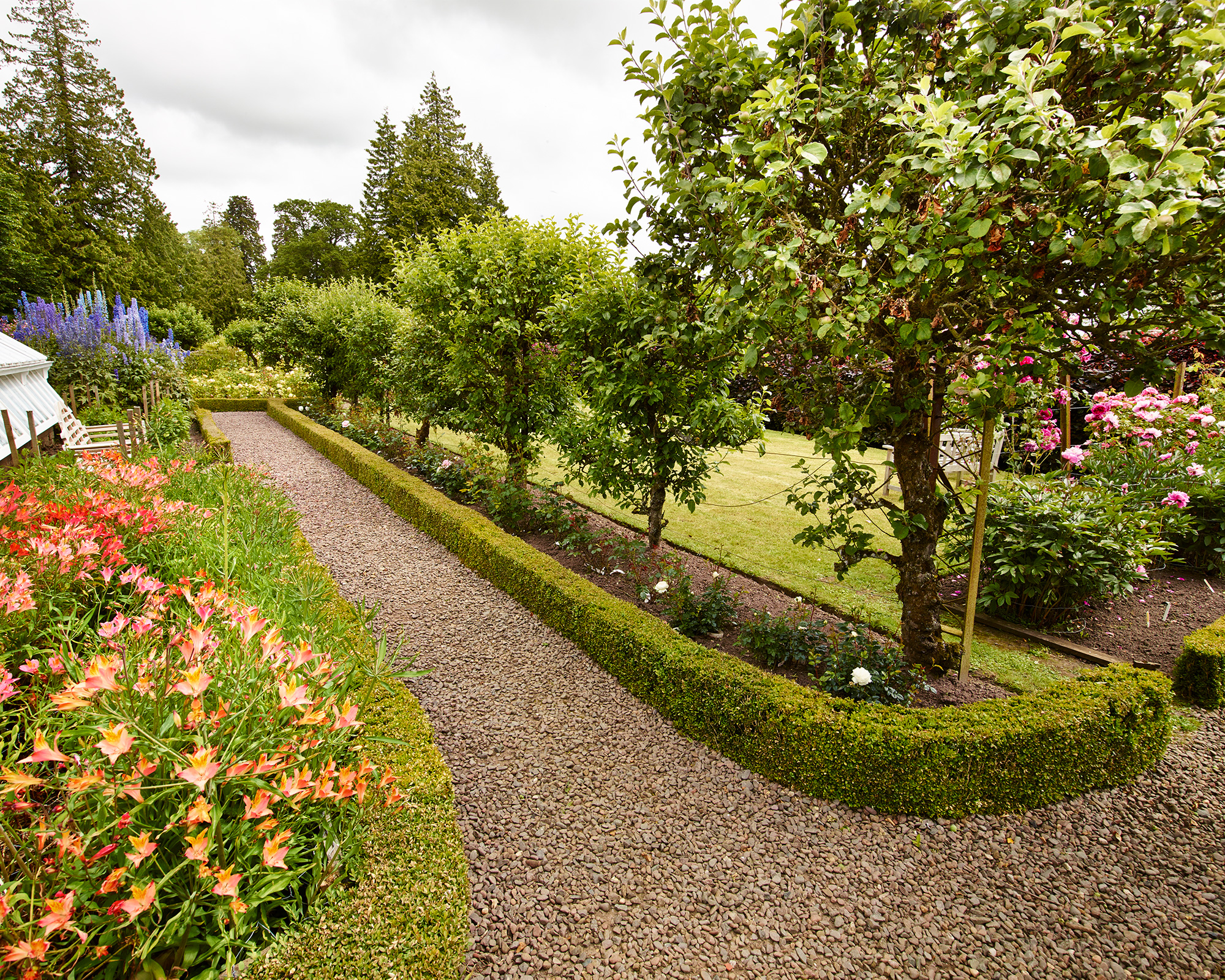
Pale paving works best in a shady garden, but for a natural look, avoid glaringly bright porcelain tiles and opt for natural tones. A meandering gravel pathway adds an intriguing element to the garden. Play around with the effect of adding larger stones here and there along the edges, or sprinkle a trail of larger pebbles in a contrasting color among the gravel.
11. Get friendly with fronds in a north-facing garden
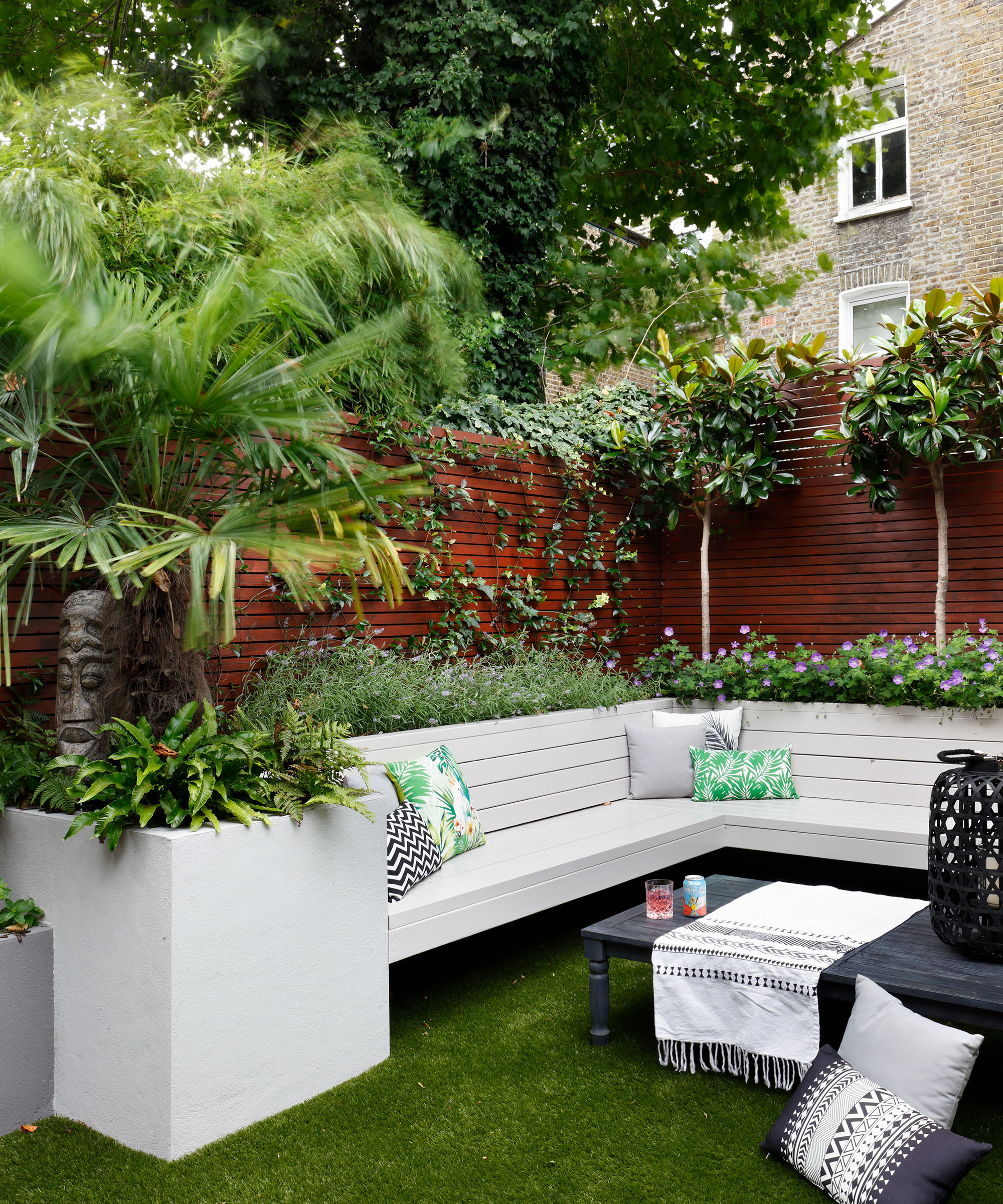
Ferns, with their graceful arching shapes, are made for shade. They come in modest and huge versions and love a well-drained location. The evergreen Japanese tassel fern Polystichum polyblepharum is a great staple for all-year greenery but nothing beats the joy of watching deciduous ferns unfurl their baby fronds each spring. For a sprinkling of silver, select the painted lady fern, Athyrium niponicum var. pictum 'Silver Falls'.
12. Color up for a brighter outlook

Paint your way out of a dark spot with a brush, roller or spray. Fencing, a shed and furniture can be given a new lease of life and a protective coat at the same time.
'It's really useful to bring paint, whether on walls or even bright containers, into a yard that isn't flooded with light all day long. It can compensate for a lack of flowers and turn gloom into gloriousness,' says Lucy Searle, Editor in Chief of Homes & Gardens.
13. Embrace coziness in a north-facing garden with a fireplace
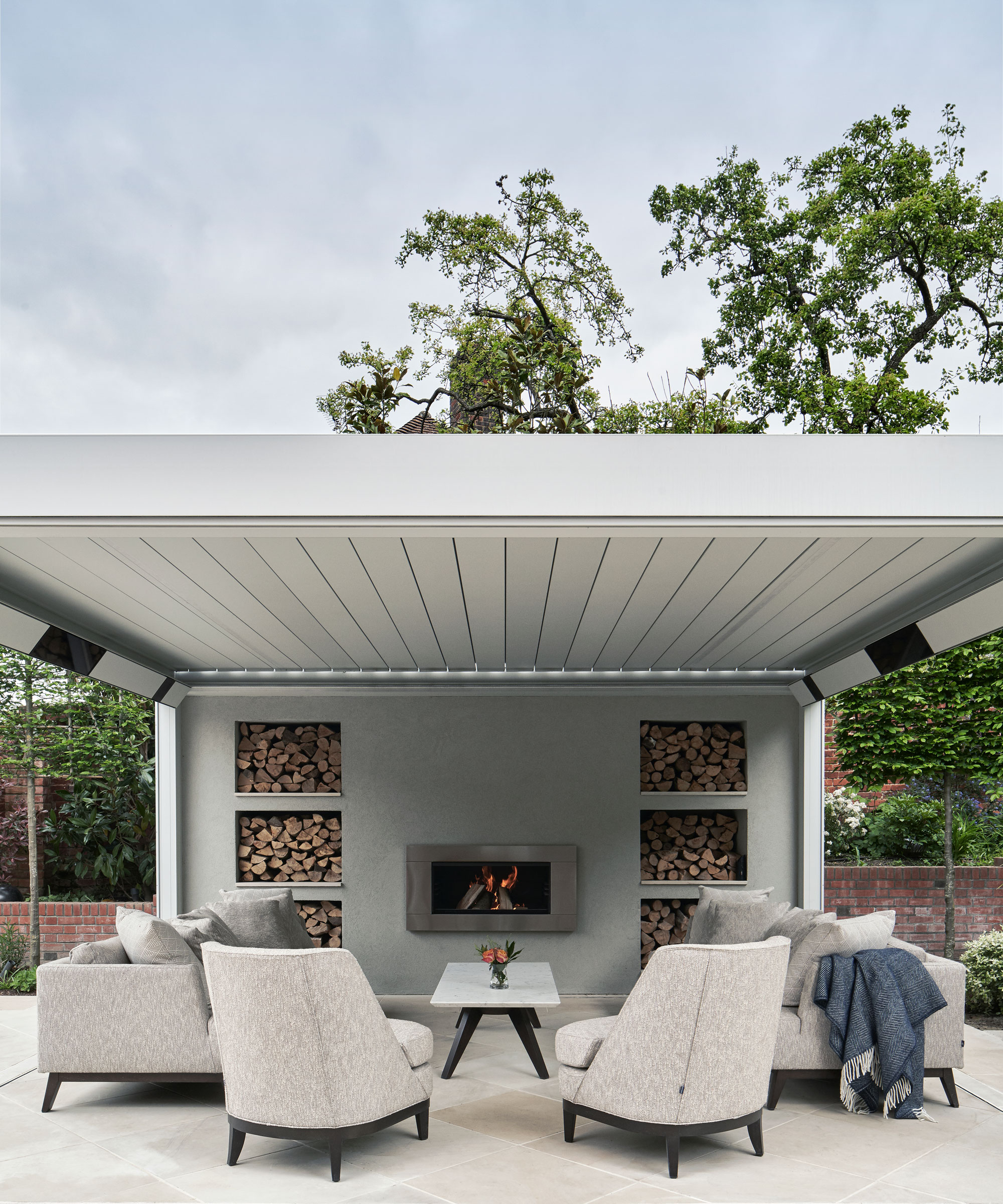
Sunny or not, every garden starts to cool as the early evening approaches. Appease your inner caveman with the warming glow from a firepit, handy to extend a stay outdoors into the evening hours. Select rustic bowls bearing flaming logs or charcoal, or go all-out contemporary with outdoor fireplace ideas such as a slim rectangular gas-flame model, like the Linear Gas Firepit from Solus Decor.
14. Set a woodland scene
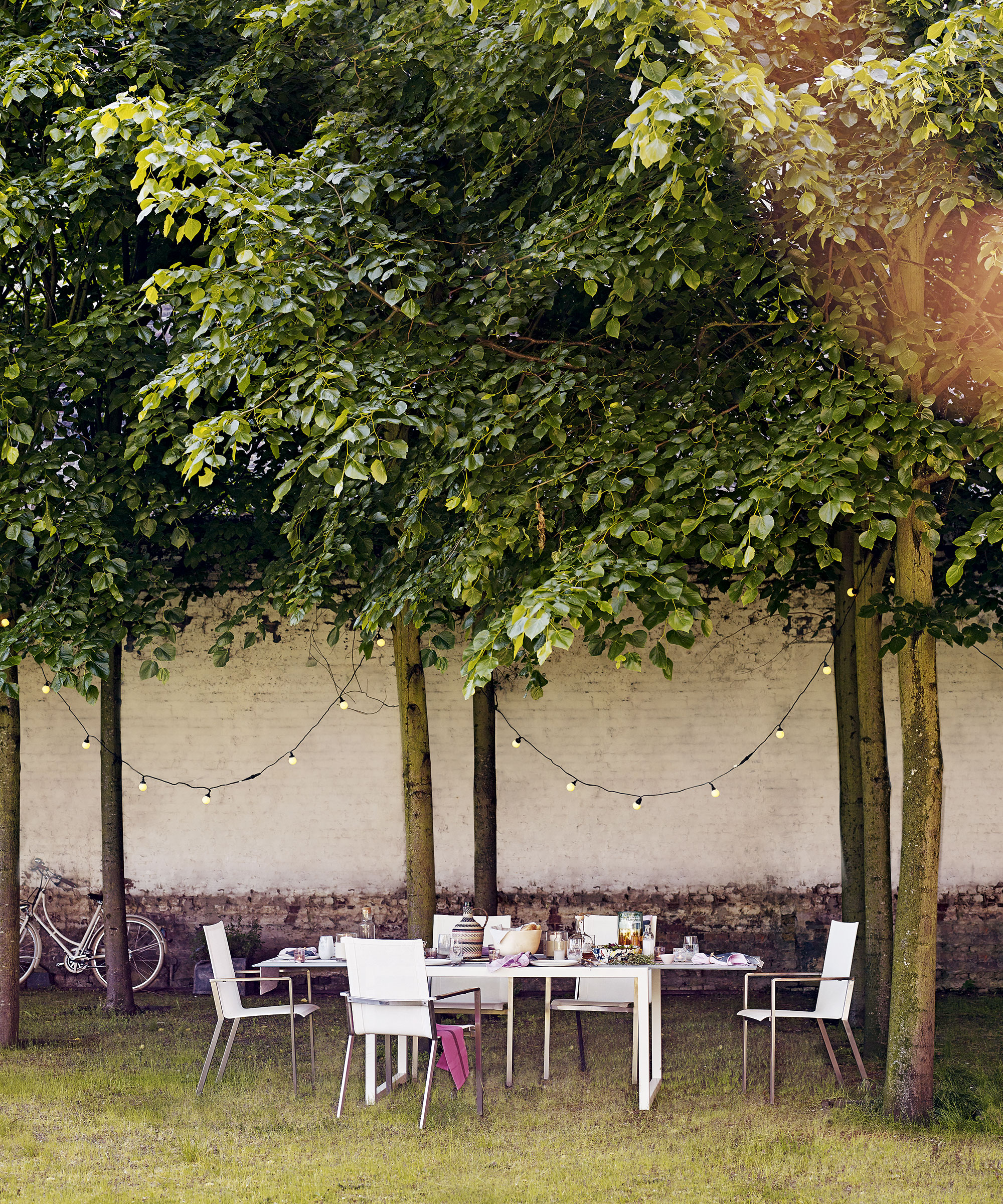
Who can resist the scents and colors of a woodland walk? Go down to the woods in your own patch, using the shelter of trees to nurture snowdrops, Solomon’s seal and hostas, with tall foxgloves, dainty primroses, hellebores, cyclamen and bluebells for color. If the soil gets a little dry beneath the canopy, nourish them with a mulch of leaf mould or other organic matter.
15. Upgrade garden ornaments
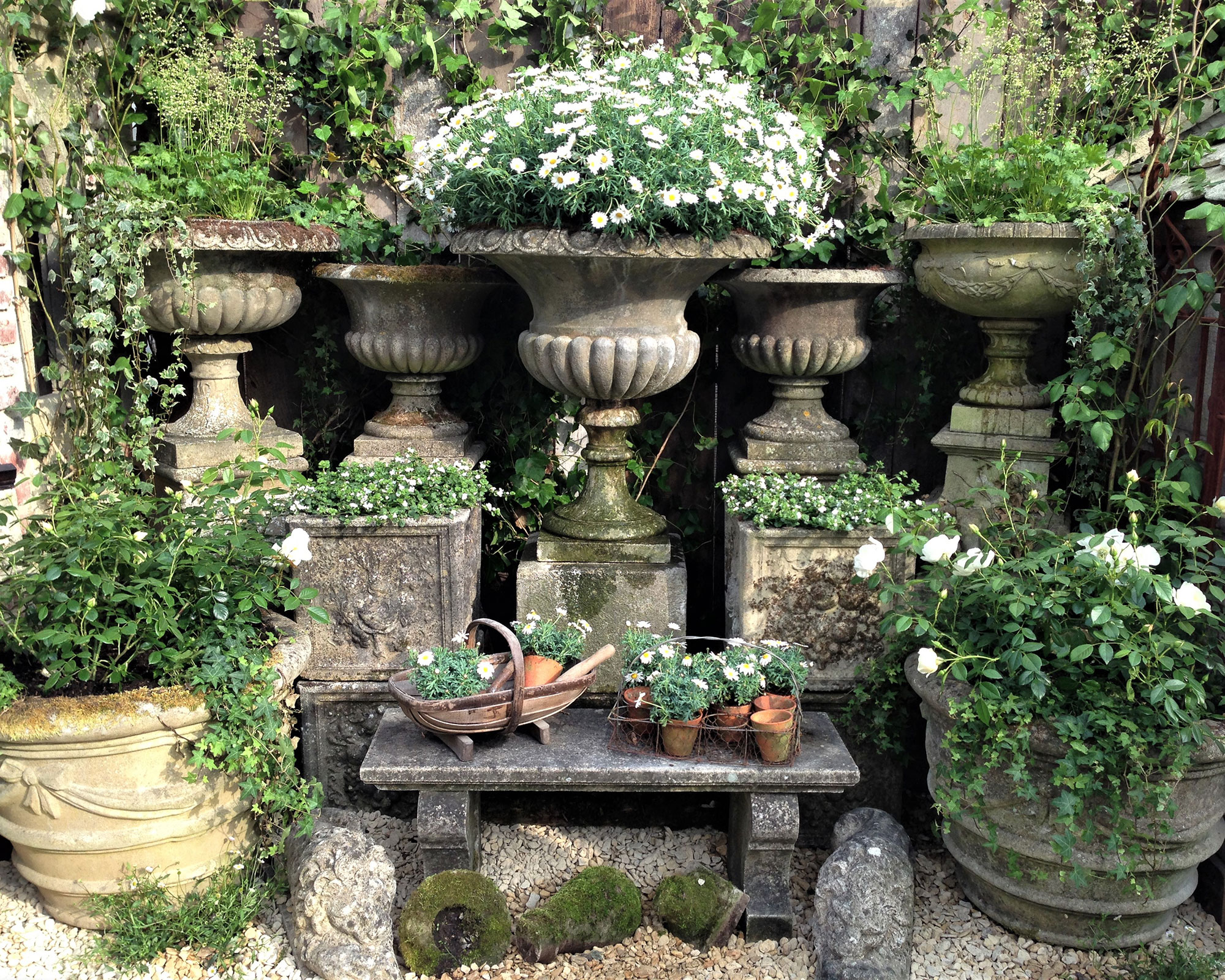
Flowers and foliage might be the mainstays of a garden but sculptural pieces are guaranteed to add a touch of Downton Abbey splendour. Classical statuary placed at the end of a walkway, renaissance-inspired urns set with tumbling ivy, fountains and sundials will give an air of grandeur. Search out original pieces or opt for newly-carved or cast designs, cleverly distressed to add the patina of age. Redwood Stone Folly and Garden has a good selection.
16. Bring in fine dining
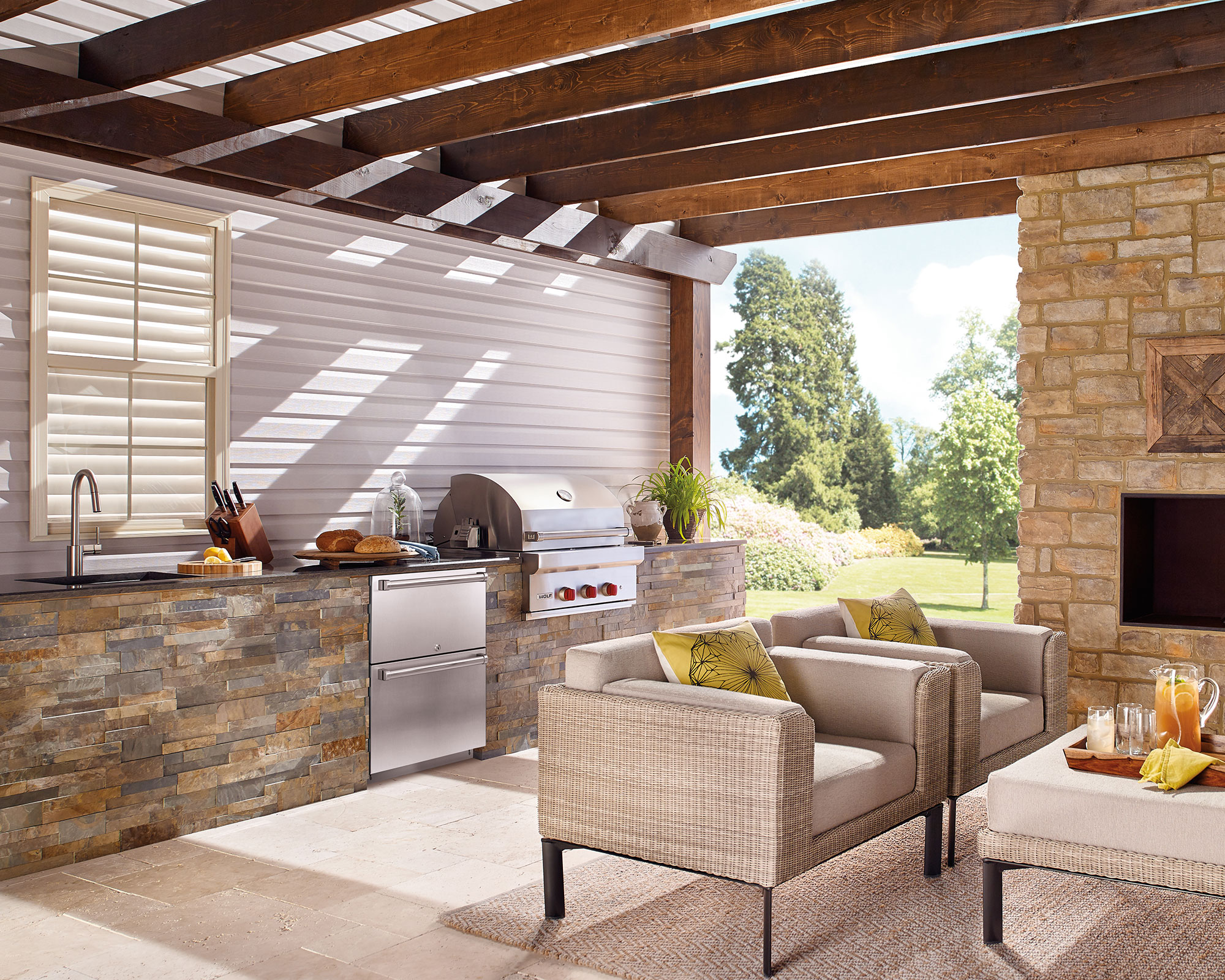
Reserve a table chez-vous, where home-cooking is always on the menu. Setting the table against a white-painted wall and loading it up with your brightest crockery and glittering glassware is just one outdoor dining idea that will make for a welcoming scene.
17. Create a magical effect in a north-facing garden
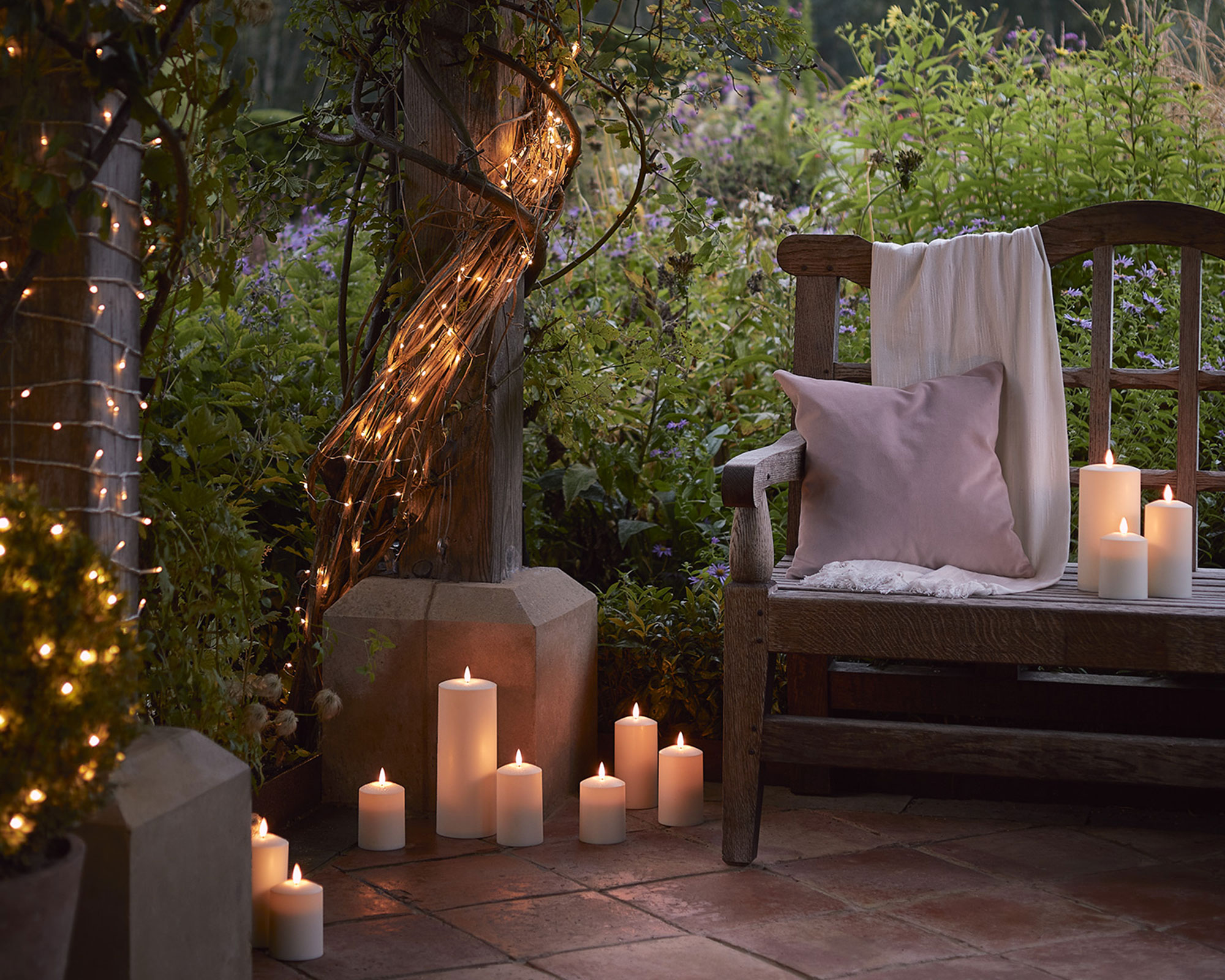
Photography/ Oliver Perrott/©Lights4fun Ltd. 2020
Evening’s the time to glow up with magical outdoor lighting ideas. Try lighting pathways with solar stakes and creating star-scapes among the boughs for party fun or romantic late-night assignments. Find Essential Connect 10m 100 Warm White Connectable Fairy Lights Clear Cable, 50 Warm White LED Micro Battery Outdoor Fairy Lights and TruGlow Waterproof Outdoor Candle Trios at Lights4fun.co.uk.
18. Select shrubs for spring flowering
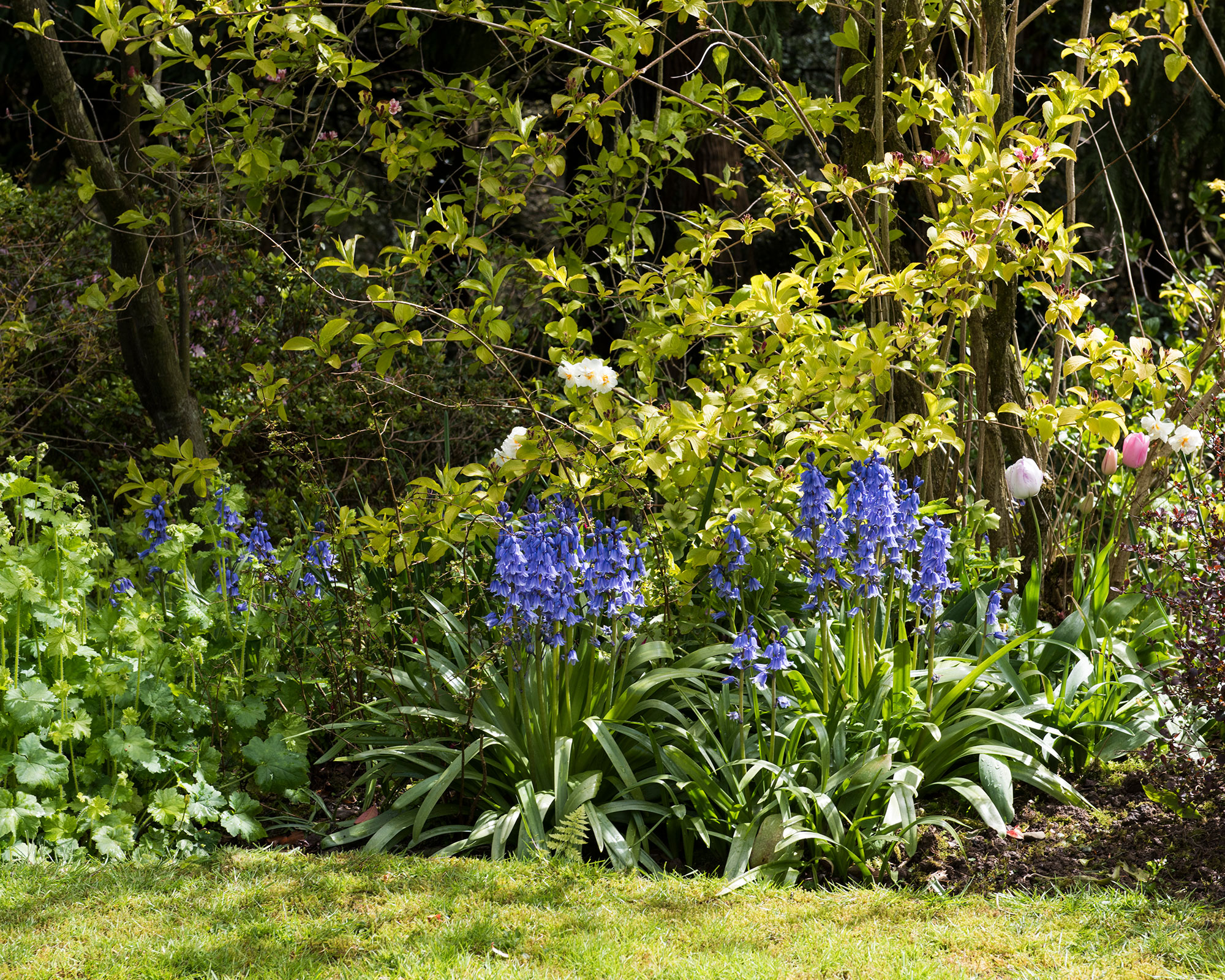
Full-sun, although a bonus, isn’t always a necessity for flowering shrubs. Early in the year, Mahonia x media 'Winter Sun' will bring spikes of yellow flowers, while Sarcococca confusa (sweet box) has delicate white flowers from December to March. Vinca major makes great ground cover, with a sprinkling of pretty violet flowers. Rhododendrons are suited to partial shade, providing a real blast of spring color, as do exquisite camellias.
19. Plant for summer color
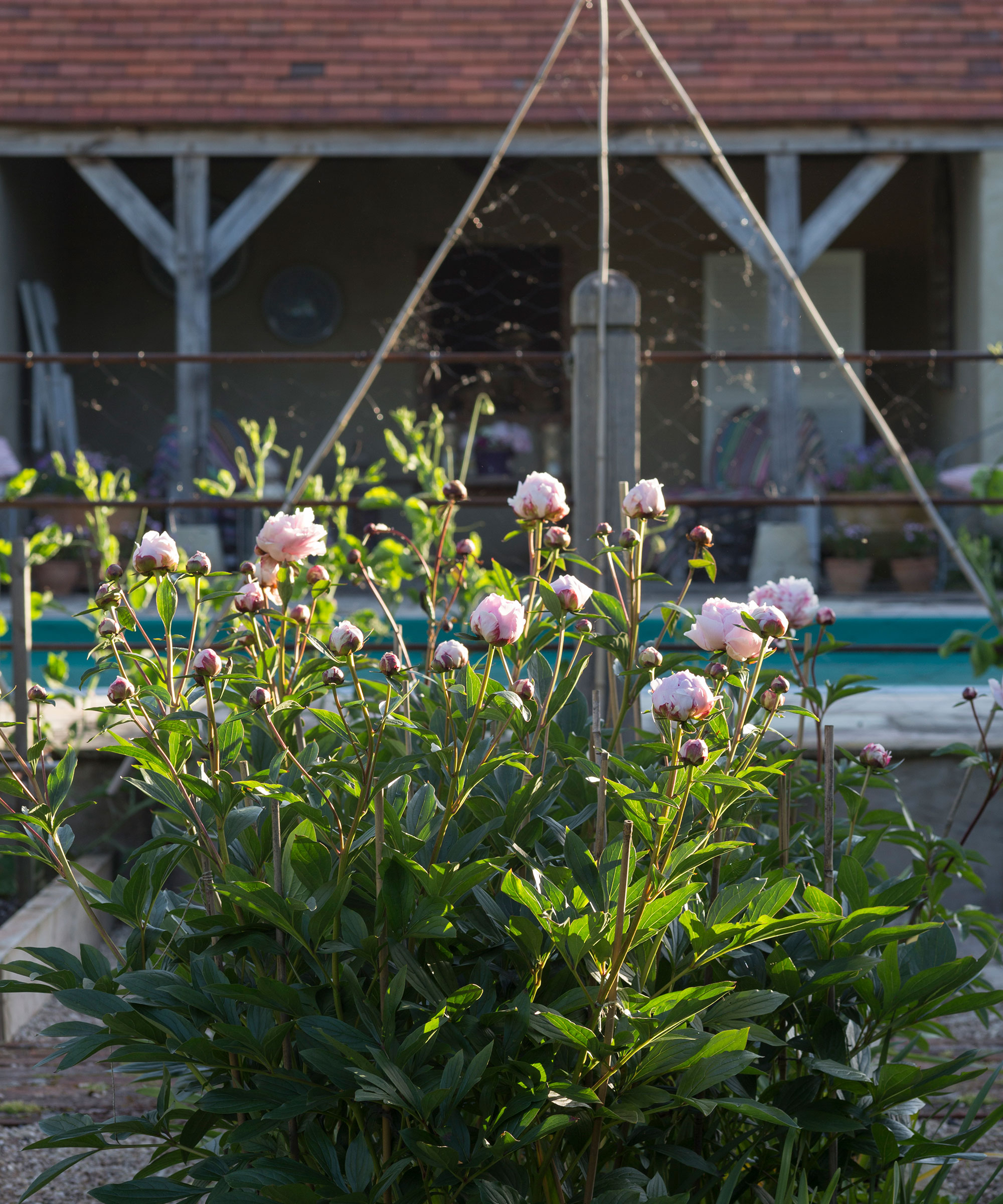
There’s nothing more summery than blowsy peonies, such as the delicately pale pink Paeonia lactiflora 'Sarah Bernhardt' or the deep red 'Karl Rosenfield', in flower from June to July.
Other perennials include Lady’s mantle Alchemilla mollis, with frothy yellow flowers above its distinctive leaves and Geranium x oxonianum 'Wargrave Pink' for pretty pink blooms. Back them up with summer bedding. Some begonias, geraniums and impatiens are good to go in partial shade.
20. Bring in containers for a flexible approach

The big advantage of pots and troughs is portability – you can shift them to a sunnier spot to coax flowers when necessary. Start a collection of varying heights and shapes and there’s endless fun to be had in playing around with them to get the arrangement just right. A trip to the garden centre will fill them with summer color. Try fuchsias, pansies, begonias and hydrangeas.
21. Embrace all things green
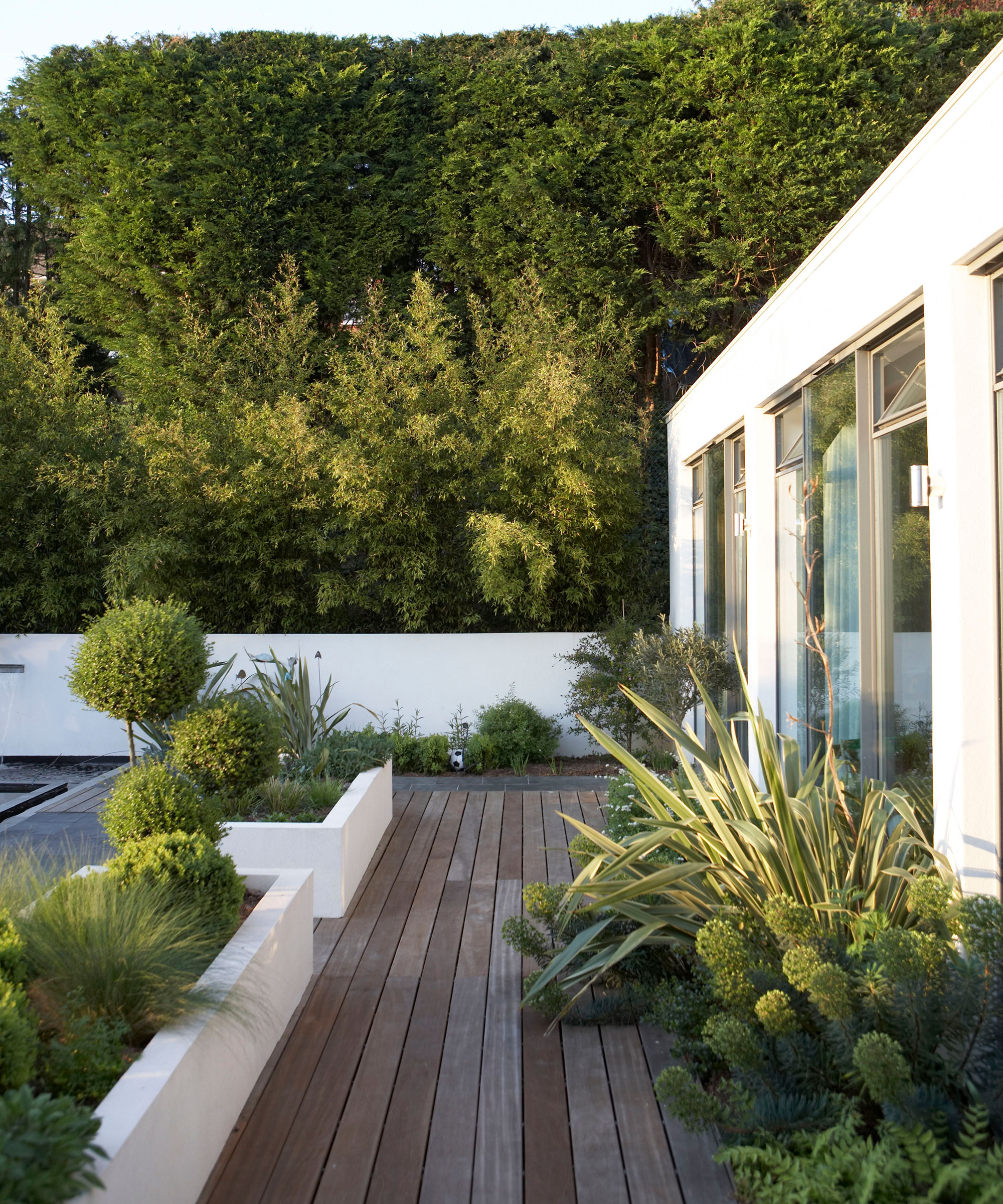
In any area where color is stripped back to mainly green, the shape and size of leaves and their texture comes to the fore. Experiment with trailing ivy, the huge leaves of a Fatsia japonica or the variegated foliage of Euonymus fortunei 'Emerald 'n' Gold'.
If the garden is small, a lawn may not get enough light to do well. Instead, increase the size of beds for planting, plan in more paved areas, look at wall garden ideas or cheat with fake grass.
22. Find somewhere to sit in a north-facing garden
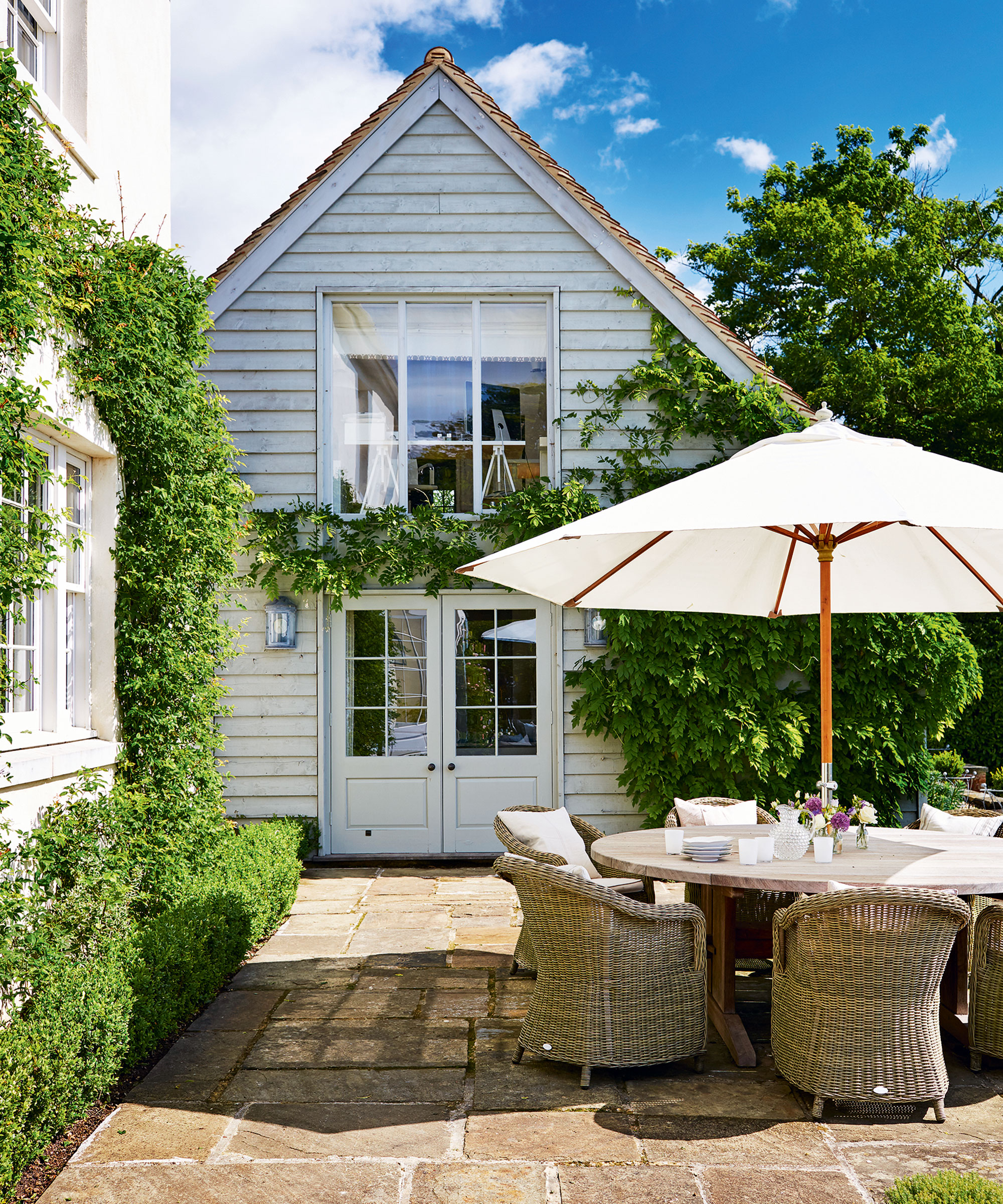
Once you’ve identified the sunniest spot, designate this for your patio ideas, positioning a bench or outdoor dining table there. And if there’s also a place that catches the morning sun, that’s a good excuse to add an extra small table and chairs to enjoy a morning coffee and flick through the newspaper. Folding, easily portable furniture lets you chase the sun throughout the day.
23. Blur the boundaries for the illusion of space
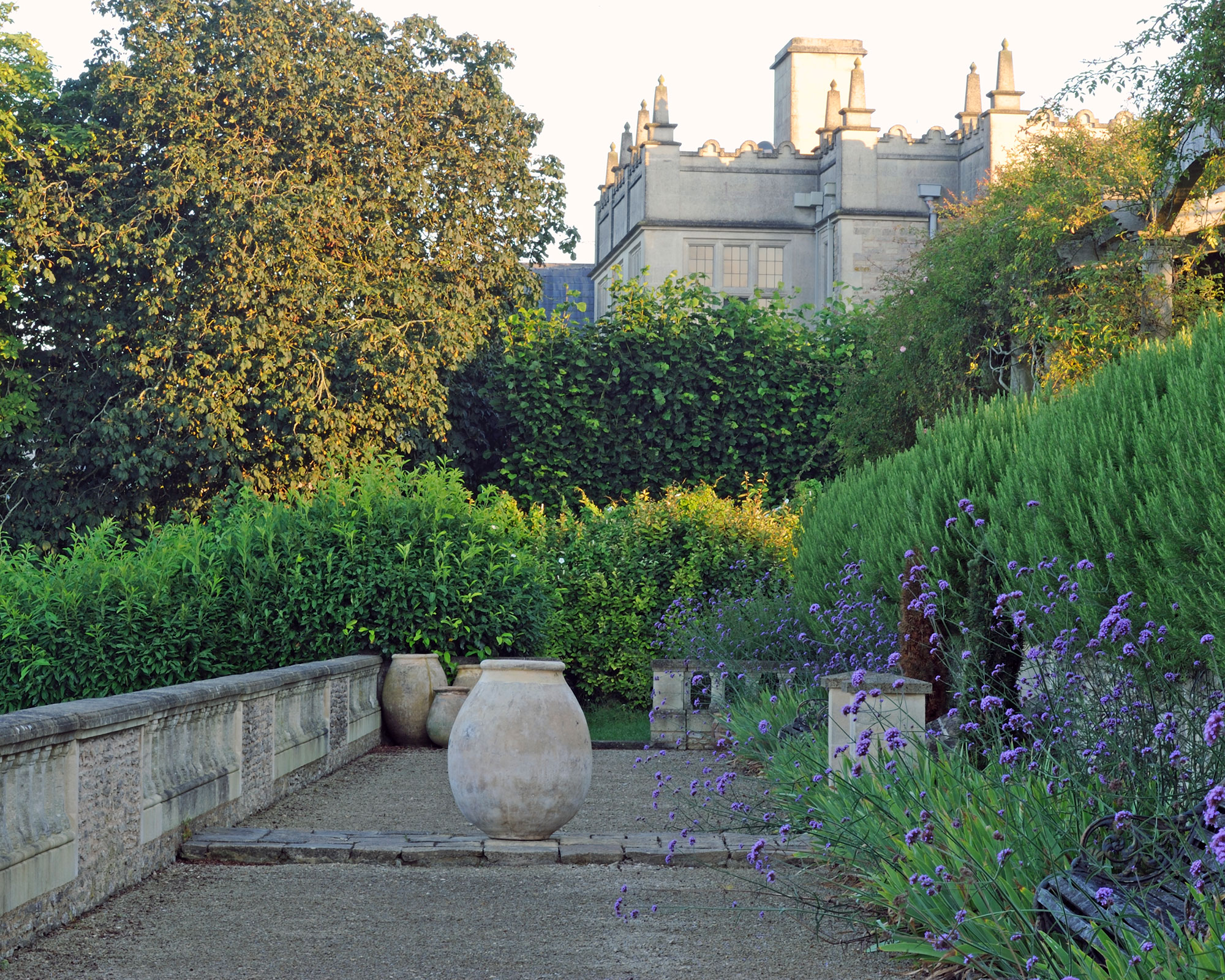
The designer trick of including trees and tall shrubs at the far end of a garden tricks the eye into thinking the space is larger – a bonus for a small north-facing garden, especially one that’s overlooked by neighbouring houses. Paint the wall or fence in a dark shade, plant around it, and the boundary almost disappears.
24. Fake the light
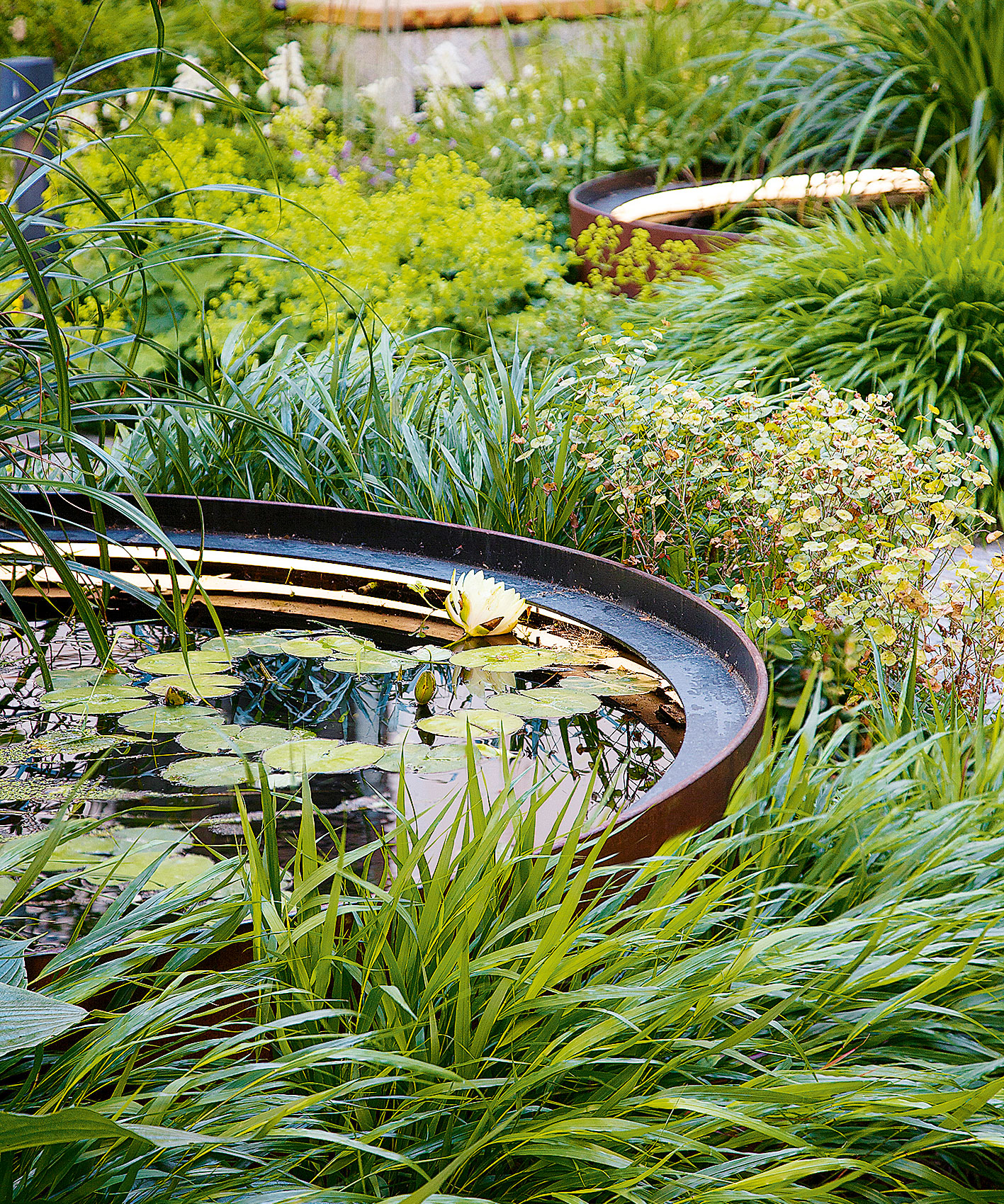
One way to bring the illusion of light to a shady garden is to include garden pond ideas. The water will reflect the skies and attract wildlife too. In a similar way, mirrors fixed to a fence or a shed will add a bright sparkle – but don’t set mirrors anywhere that a bird might fly into them.
25. Don’t be afraid to try something different
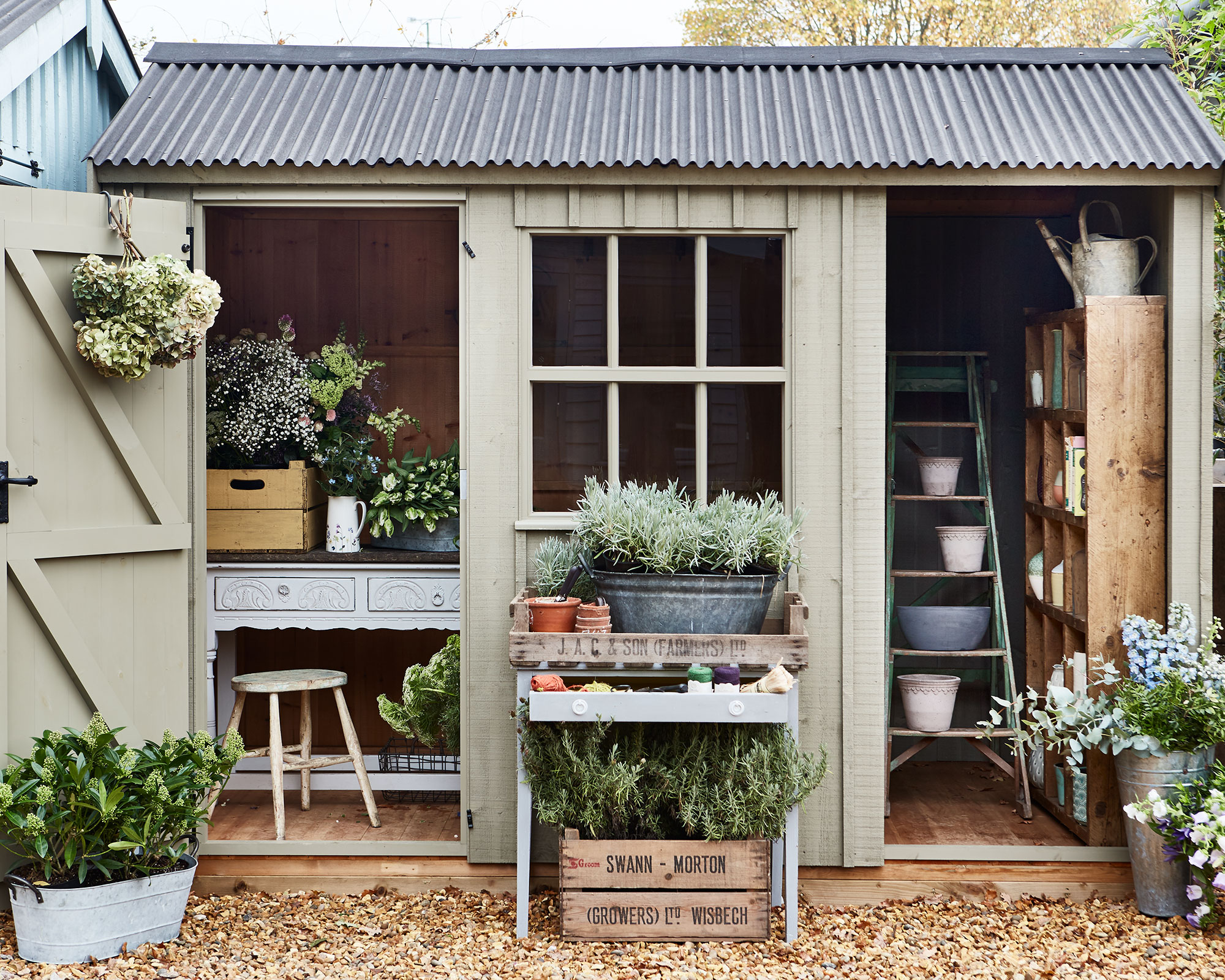
Give plants a go, even if they aren’t labelled as suitable for shade. When experimenting, rather than splashing out on pricey specimens from the garden center, arrange to swap cuttings with friends and neighbors. It’s good to share, and plants from a neighboring plot are likely to succeed where the conditions are similar.
What are the best shade-loving plants for a north-facing garden?
When it comes to the best plants for a north-facing garden there are many positives. First you need to establish what sort of shade your garden has, whether it’s deep shade, light shade or dappled shade.
There are a surprising number of plants to choose from that will thrive in a north-facing garden once you've established what type of shady conditions you have. In fact, it could be time to lose the lawn and replace it with more planting as there’s so much that will work in a space like this.
‘North-facing gardens have very little direct light, perhaps some early morning sun and some sun last thing in the evening during the summer, but it is consistent and there aren’t extremes, meaning that if you do find plants that work, they’ll be happy!’ says Susanna Grant, co-founder of shade-loving plant specialist and garden design business Linda, as well as author of the book Shade.
Hostas, ivies, euphorbias and ferns will fill beds with their lush foliage, while climbing hydrangeas and star jasmine can be used to cover boundaries. Beautifully scented sarcococca is a great choice for hedging or as a standalone shrub.
Some varieties of ornamental grasses such as Japanese hakon come with touches of gold on their foliages which will help to lift dark corners.
Sign up to the Homes & Gardens newsletter
Design expertise in your inbox – from inspiring decorating ideas and beautiful celebrity homes to practical gardening advice and shopping round-ups.
Lifestyle journalist Sarah Wilson writes about flowers, plants, garden design and gardening trends for Homes & Gardens. She has studied introductory garden and landscape design and floristry, and also has an RHS Level 2 qualification in the Principles of Plant Growth and Development. She is a regular contributor to Homes & Gardens and Livingetc. She has also written for Real Homes, Modern Gardens and Country Homes & Interiors magazines.
-
 Natasha Rothwell loves this sleep mask so much, she bought 10 – it's the simple yet luxe accessory you didn't realize you needed
Natasha Rothwell loves this sleep mask so much, she bought 10 – it's the simple yet luxe accessory you didn't realize you neededNatasha Rothwell takes the luxe, DROWSY Silk Sleep Masks everywhere; 'I actually got gifted one of these; I subsequently bought 10'
By Hannah Ziegler Published
-
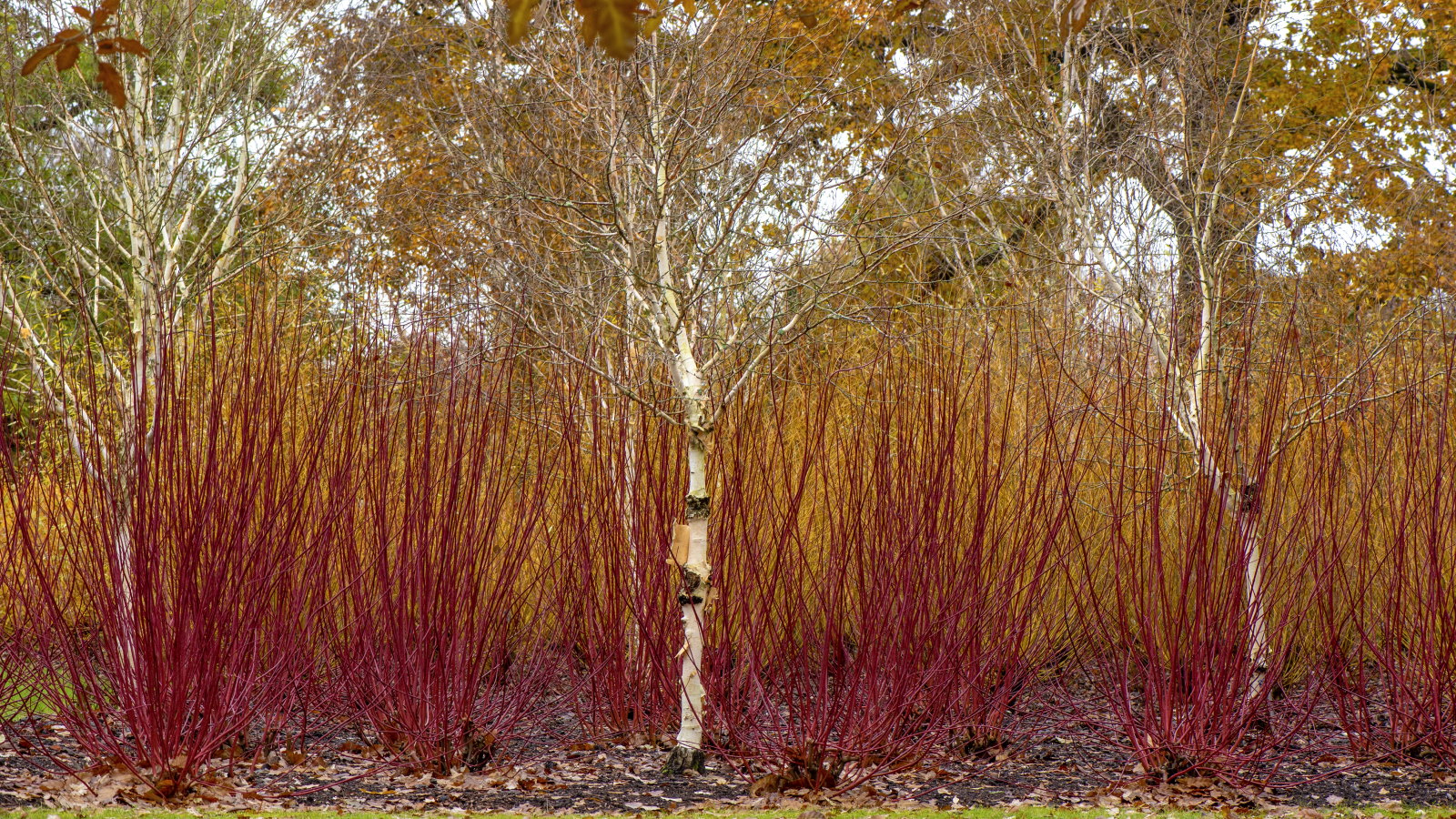 How to coppice trees and shrubs – and the 5 species that will benefit from this historical and super simple pruning technique
How to coppice trees and shrubs – and the 5 species that will benefit from this historical and super simple pruning techniqueCoppicing has aesthetic and practical benefits in a garden
By Drew Swainston Published
